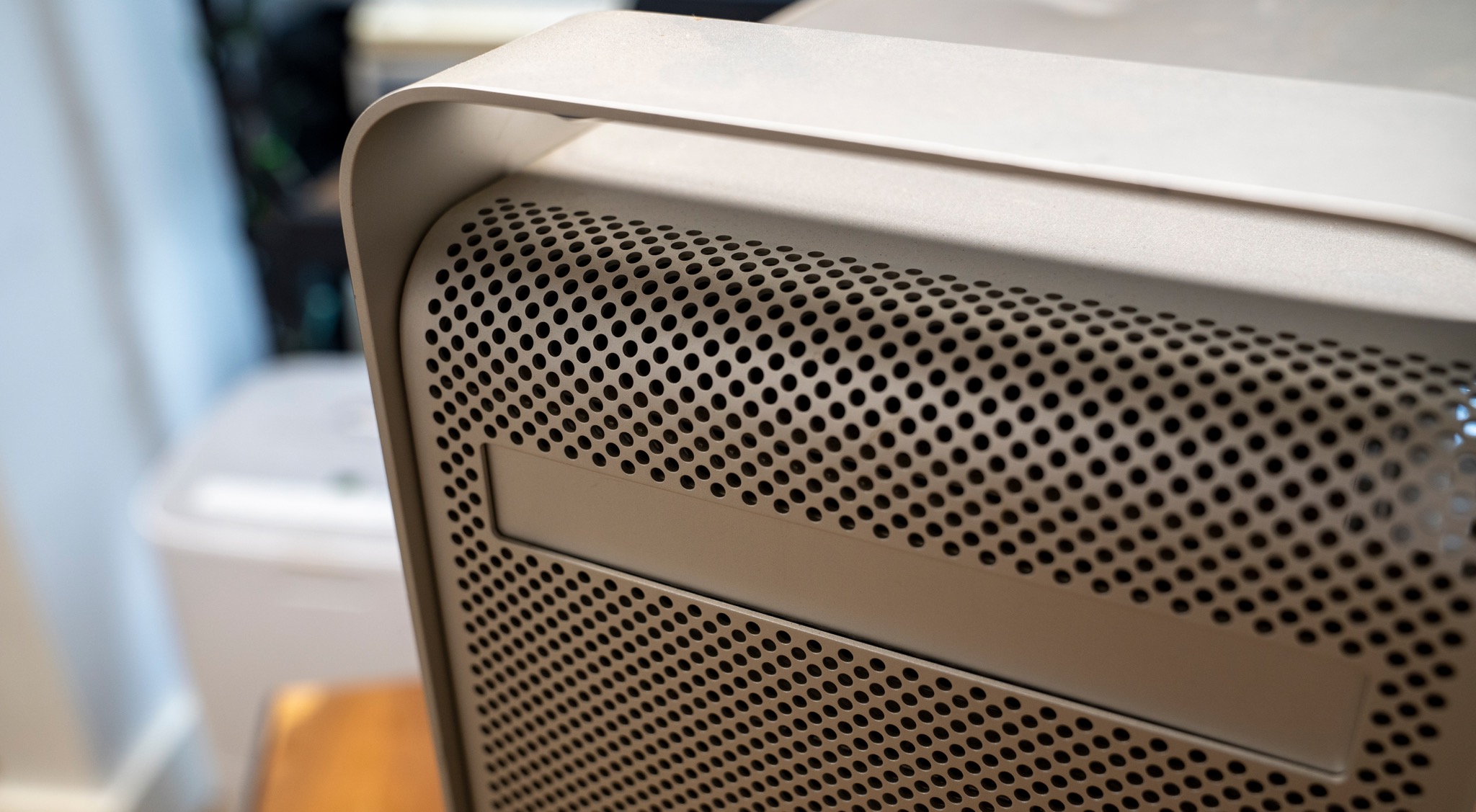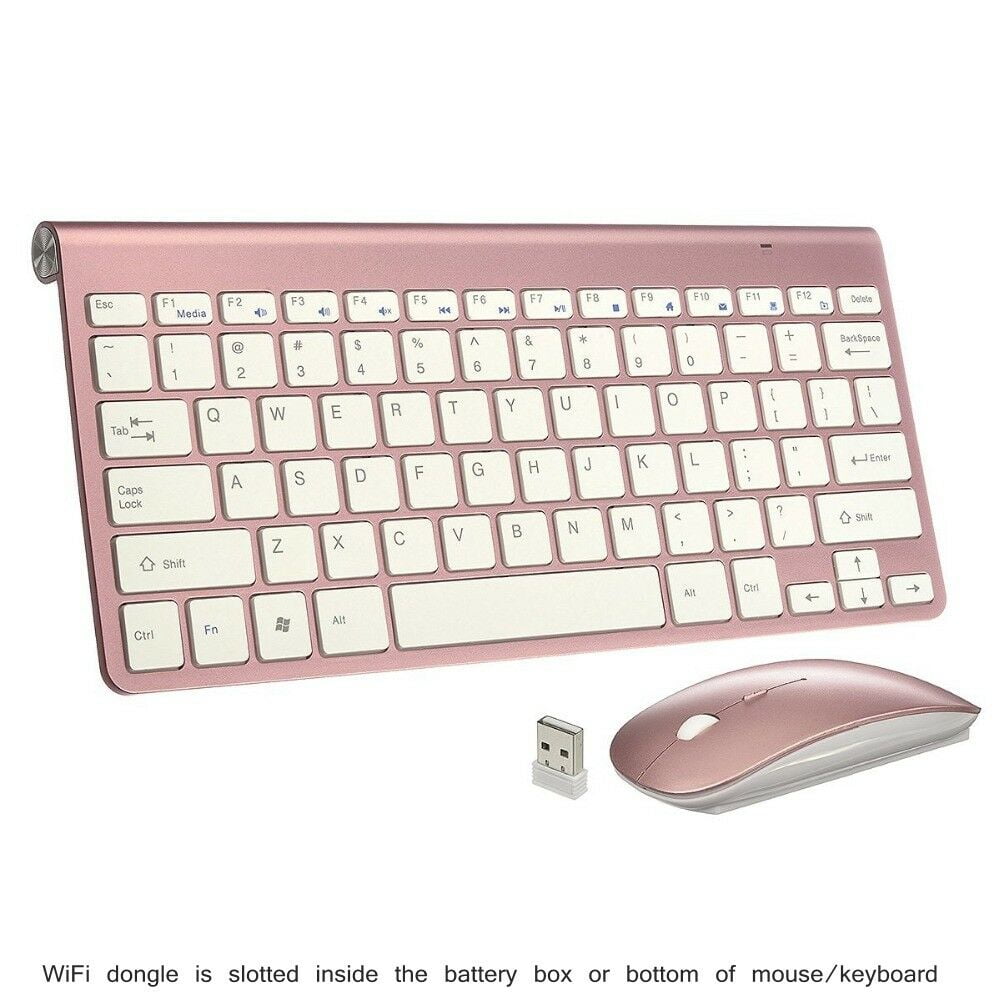Thoughts on the Mac OS X 10.5 installer, big drive support in the 2001 Quicksilver, differences between 2 GHz G5 Power Macs, and whether schools should lease computers or not. APG Card Compatibility, The Mac Elite, 2007.08.09. Mac OS X Leopard Install DVDVersion 10.5.42Z691-6232-A. If anyone has trouble getting this burned disc to be seen during the initial disc boot phase, I've found the G4/G5 factory optical drives are pretty terrible at reading burned DVDs. I have a Mac PowerPC G5 with Mac OS X. I've been noticing a loud whirling noise in the back corner, opposite the - Answered by a verified Mac Support Specialist We use cookies to give you the best possible experience on our website. The Power Mac systems ran a PowerPC G5 — optimized version of Photoshop 7.0.1 including optimized AltiVecCore, ACE, and BIB Carbon Libraries; the Dell Dimension ran Photoshop 7.0.1.

After Steve Jobs returned to Apple in the late ’90s, he famously simplified the company’s product line by drawing a four-product grid: consumer desktop (the bulbous, brightly colored G3 iMac), consumer laptop (then, just an empty space), professional desktop (the Power Mac, first the blue-and-white G3 and then the G4), and professional laptop (the PowerBook).
There was no consumer laptop in Apple’s product line until the iBook was announced. PowerBooks were expensive. And as for that consumer desktop, the G3 iMac was a wild success1, but for years the real Mac users looked down on it as a weird, underpowered toy that wasn’t suited for getting real work done2.
In this context, it’s easy to underestimate just how much importance the professional Mac tower had in the mind of the Mac world back in the day. As defined by the standards of the 90s and early 2000s, these were real computers—boxes you could open up and swap hard drives, install RAM, stick in expansion cards, maybe even upgrade the processor itself. Time and trends and Apple’s own predilections have led us to a world, two decades later, where the only Mac that fits these criteria starts at $6,000, but back then the desktop tower was the Mac. The one that mattered.3
In the summer of 2003, Apple introduced an entirely new Mac tower, one that traded the cute colorful plastic of the Power Mac G3 and the more subdued gray and silver plastic of the Power Mac G4 for a more serious industrial design, clad in aluminum. In the early 2000s, colorful computers were for consumers and monochrome computers were for serious computer users.4
The Power Mac G5 design represented the high-end Mac tower for a decade, keeping its distinctive look outside while adapting and changing on the inside. It survived the Intel transition. The G5 design, with a front panel punched so full of holes that it was 65 percent aluminum and 35 percent air, was so logical for a computer packed full of hot, high-powered components that after a six year hiatus, Apple brought back a Mac Pro that is deeply inspired by the design of the original. Like its predecessor, the 2019 Mac Pro also looks like nothing more than a giant box grater.
An executive briefing

The Power Mac G5 was announced at WWDC in 2003 as “the world’s fastest personal computer.” Steve Jobs pointed out it was also the first 64-bit processor in a desktop computer, proudly trumpeting Apple’s partnership with IBM to create the G5 processor, which was replacing the Motorola-built PowerPC G4 at the top of Apple’s product line.
Apple was proud of the hardware design, so proud that I managed to score a hands-on briefing where I could walk through the design decisions with Apple execs for a cover story in Macworld. Macworld Expo in New York was coming up, so the only time we could meet was on the afternoon of July 3, the day before the long Independence Day weekend.
My wife and our one-year-old daughter and I were driving down to L.A. for the weekend, so we ended up stopping at Infinite Loop on the way south. A very nice Apple P.R. person (I wish I could remember who she was!) took them to the Company Store while I went into the executive briefing center. My daughter ended up with a new Apple onesie out of the deal.
The briefing was one for the books. Greg Jozwiak—who still frequently takes to the stage at Apple events—represented product marketing and Jon Rubinstein, Apple’s SVP of hardware engineering was there for the engineering side. For an hour, we stood around an opened-up G5 and walked through every little corner of that tower, as they told story after story about why particular design decisions had been made.
Today, that would be a podcast interview, and maybe a YouTube video. Back then, it generated three pages of photos showing both sides of the G5 motherboard, the inside of the case, and the front and back of the computer’s exterior, complete with quotes from both of them. It was an unusual way to do that story, right down to my insistence that we quote them at length and refer to them by their nicknames, Joz and Ruby.
With 17 years of hindsight, the thing that sticks out the most about the G5’s design is just how obsessed it was about moving air around. Consider the two pro Macs that bracket this design: the previous tower, the final Power Mac G4, was nicknamed the “wind tunnel” because of its loud, aggressive fan noise. The 2013 Mac Pro, on the other hand, famously failed because it couldn’t keep its components cool enough, leading Apple into a “thermal corner” from which it couldn’t escape.
The G5 was all about moving air around intelligently and quietly. In the WWDC keynote, Steve Jobs boasts about how it’s got nine fans, but you won’t hear them because they’re all individually computer controlled. If you took off the metal door on the outside of the G5, you’d be prompted by a clear plastic second door, this one there to keep the entire thermal container sealed. The power supply, processors, PCI cards, and storage bay were all separate air zones, moving from front to back.
Over the years, the airflow design on the inside changed as components changed, but the premise remained the same: Keep moving air through this thing so it can keep doing its job. It’s something the 2019 Mac Pro does, too. It’s a lesson learned from the Power Mac G5.
Bunny suits and betrayal
Don’t make Steve Jobs look like a fool. You will regret it.

Given the history between Jobs and IBM, it’s quite a thing to consider just how much praise Jobs and Apple lavished on IBM during the launch of the Power Mac G5.
The truth is, when Jobs returned to Apple he found the company in a vulnerable position when it came to Mac processors. The PowerPC chip architecture used in every Mac was a constant sore spot. It’s not quite fair to say Macs were always slower than comparable PCs running Intel processors, but they frequently were—and even when they weren’t, they often lagged behind in sheer clock speed. Try explaining to someone that a 1.5GHz Motorola G4 processor is actually faster than a 1.7 GHz Intel processor—either they won’t believe you because one number is larger than the other, or their eyes will just glaze over in boredom. (It happened on stage at Macworld Expo New York once. True story.)
Here’s what I wrote back in 2003:
Anyone who’s paid attention to the competitive world of desktop computers has noticed that as PC chip makers Intel and AMD have accelerated their chips to incredibly high clock speeds, the G4 has lagged behind. Lately, even Apple seemed to stop protesting that the gap was purely mathematical and not real.
Apple ended up hitching the future of Mac chip development to IBM, its other PowerPC alliance partner. IBM had been focusing on high-end workstation processors, and that seemed like a good fit for the Power Mac line, at least. Then Apple went to work doing its marketing thing, with that IBM relationship at the center. Steve Jobs held up a polished silicon wafer and showed photos of the IBM factory in Fishkill, New York, where the G5 was being made.
If anyone remembers Macworld Expo New York 2003, it’s as the last hurrah of the show in New York before it crept back to Boston to die. Jobs didn’t even appear, but there was still an Apple “opening feature presentation” (presented by Greg Joswiak) and a hefty Apple presence. I remember it differently, mostly because I was part of a group of journalists who took a field trip upstate to Fishkill to see the IBM factory. We put on white bunny suits and wandered through a series of clean rooms where robots created IBM’s cutting-edge processors, including the G5.
What a world! I’d written about Apple for a decade, only to suddenly find myself in an IBM factory. It wasn’t quite Microsoft HQ, but it still felt like being in the belly of the beast. But this was a new world. IBM and its chip-making prowess was now the savior of the Mac. A big, beautiful G5 future was ahead.

So, about that…
In hindsight, it’s clear that Steve Jobs placed a trust in IBM that it simply didn’t merit. I have to believe Jobs thought IBM could deliver 3GHz G5 chips within 12 months. (The G5’s fastest chip at launch was a dual 2GHz model—meanwhile, Intel was already selling 3GHz chips.) It was “a guarantee the likes of which Apple had never before offered,” as I wrote back then. Jobs seemed confident, IBM seemed confident, and they sold that confidence.
Apple shipped Macs with G5 processors for three years. There was never a 3GHz G5 chip. While there eventually was a G5 iMac, there was never a G5 laptop. The architecture wasn’t ever conducive to being used on mobile devices. Steve Jobs accepted an IBM projection, made a promise, hyped its relationship with IBM…and got burned.
Mac Os X Power Mac G5 Mac
Here’s what happened next: Apple revved up a secret project to ensure that Mac OS X could compile for Intel processors. Less than two years after members of the media frolicked in bunny suits in Fishkill, Apple announced that it was dumping the PowerPC entirely and moving to Intel. A couple of years later, Apple finally reached 3GHz with a Mac tower and it was a Mac Pro powered by an Intel Xeon processor.
Also in the background, Apple had begun talking to other chip design companies about alternatives to the G5, desperately trying to find a new chip to power its laptops. One of those companies was P.A. Semi, which Apple ended up buying outright in 2008. P.A. Semi’s engineering team became Apple’s chipmaking team.
This is perhaps the ultimate lesson of the entire G5 affair: Steve Jobs, and through him Apple’s larger corporate culture, was reminded that if you are reliant on a partner for a crucial portion of your business, you can’t truly control that business. Making the G5 was a side hustle of a side hustle of a company in transformation—it just wasn’t that important to IBM, but it was vitally important for Apple.
Jobs and Apple learned their lesson. The acquisition of P.A. Semi led to the A series of processors that run the iPhone and iPad. They are widely considered to be superior to the processors used by Apple’s competition. And now Apple has picked up stakes once again and plans to make Macs powered by new versions of those processors.
You could argue that the Power Mac G5 has IBM’s failure inscribed in its very name. But I prefer to consider the aluminum cheese-grater design as a classic that bridged the gap between IBM and Intel. It was a design too good to throw away, and after a brief blip, it’s still with us today—albeit in a modernized form with more stainless steel and weirder holes.
Mac Os X Power Mac G5 Pro
I’ll be back next week with number 19.
- But that’s another article. ↩
- Apple kept iterating on the iMac, and with every turn of the wheel it got better. Today I’d wager that very few Mac users do work that couldn’t be handled ably by an iMac. ↩
- Laptops in this era were really slow. Hug your modern MacBook Pro and whisper words of thanks in its air vent. ↩
- Looking at today’s gray-metal Macs makes me wonder if the computer design pendulum will ever swing back to glossy and colorful. I’d love to see a shiny, colorful laptop in the vein of the iPhone 11. ↩
If you appreciate articles like this one, support us by becoming a Six Colors subscriber. Subscribers get access to an exclusive podcast, members-only stories, and a special community.